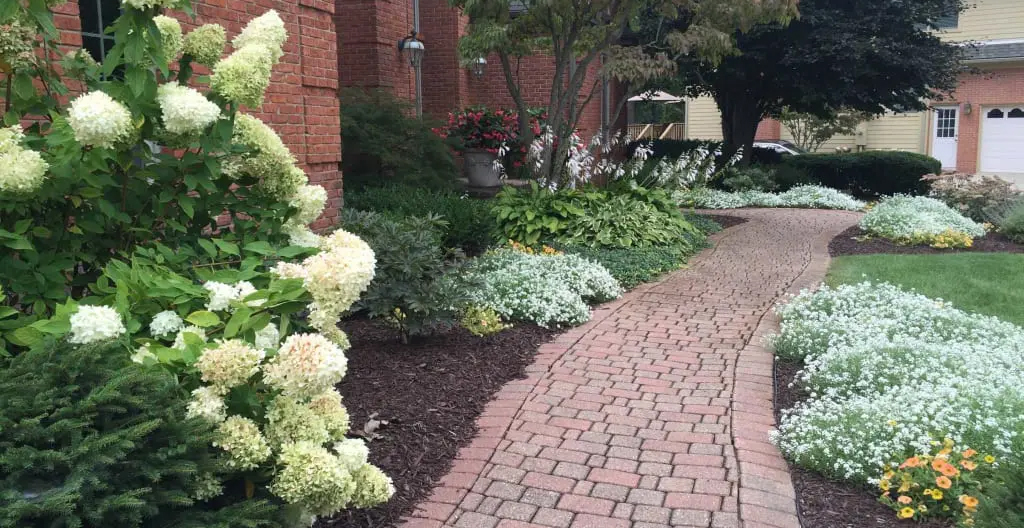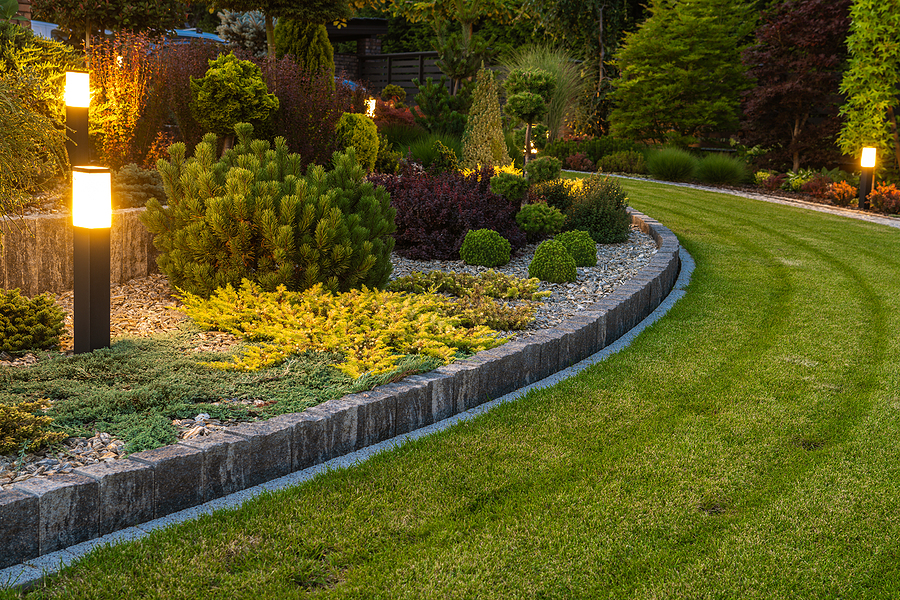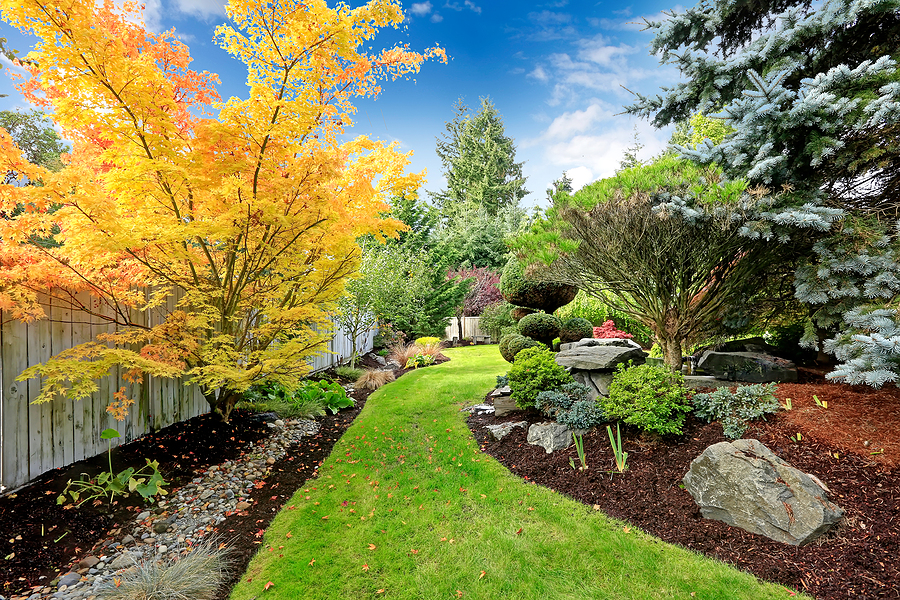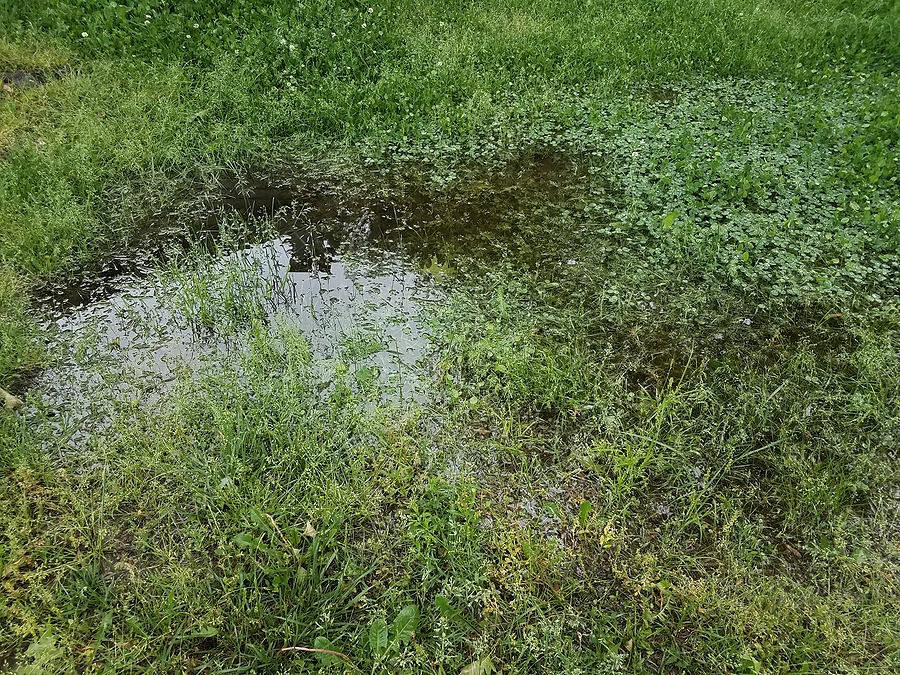Grubs or Drought, What are these Brown Patches?
April 16, 2015
A beautifully maintained lawn is an oasis for a business or homeowner, but it’s also prime real estate for beetles. Grub infestations can do serious damage to healthy grass by eating away at, and destroying, root systems. Here’s what to do if you find grubs in your area.
Grub infestations can do serious damage to healthy grass by eating away at, and destroying, root systems. Here’s what to do if you find grubs in your area.
Determining the problem.
When it comes to grubs, the symptoms look a lot like drought: dry, brown patches in the lawn. The only way to determine the problem is to get an up close look.
“Our technicians are trained to review each of our client’s properties prior to servicing, and this review includes investigation of any problems within the lawn areas,” says Jim Doyle, Manager for Twin Oaks’ lawn crews. “If they have any questions on whether problematic lawn areas look like drought or burn or anything, they actually get down on hands and knees and check the soils. That will eliminate whether it’s a drought problem or something else.”
If the soil isn’t dry, it’s tim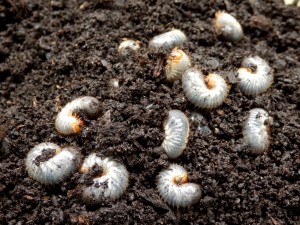 e to give the lawn a good pull. “You’re pulling the grass up almost like you’re pulling up a rug in your living room,” Doyle says. “That’s exactly what we do; we actually grab it by the tuft. We pull on it. If it pulls from the ground, we certainly know we’re dealing with grubs or billbugs at that point. It will come right up. It won’t stay adhered to the soil.”
e to give the lawn a good pull. “You’re pulling the grass up almost like you’re pulling up a rug in your living room,” Doyle says. “That’s exactly what we do; we actually grab it by the tuft. We pull on it. If it pulls from the ground, we certainly know we’re dealing with grubs or billbugs at that point. It will come right up. It won’t stay adhered to the soil.”
Attacking and managing the problem.
If grubs are found in the landscape, Twin Oaks’ technicians meet with the owners to discuss the next course of action, which may include an application of the appropriate product. Depending upon the circumstance, an additional application may be required. “Generally we don’t need to do another application after the first follow up,” Doyle says.
Once a lawn has undergone stress from grubs, it will need extra care. Depending on the circumstance, seeding and/or additional water may be required, Doyle says. Since the roots of the lawn have been severed, clients need to treat their grass like brand new sod, watering appropriately in order for new roots or grass seed to establish. “You have to regularly water the lawn and that’s obviously something we need to prepare the clients to undertake,” Doyle says. “It will go into stress quickly because you don’t have many roots tapping into the soil.”
